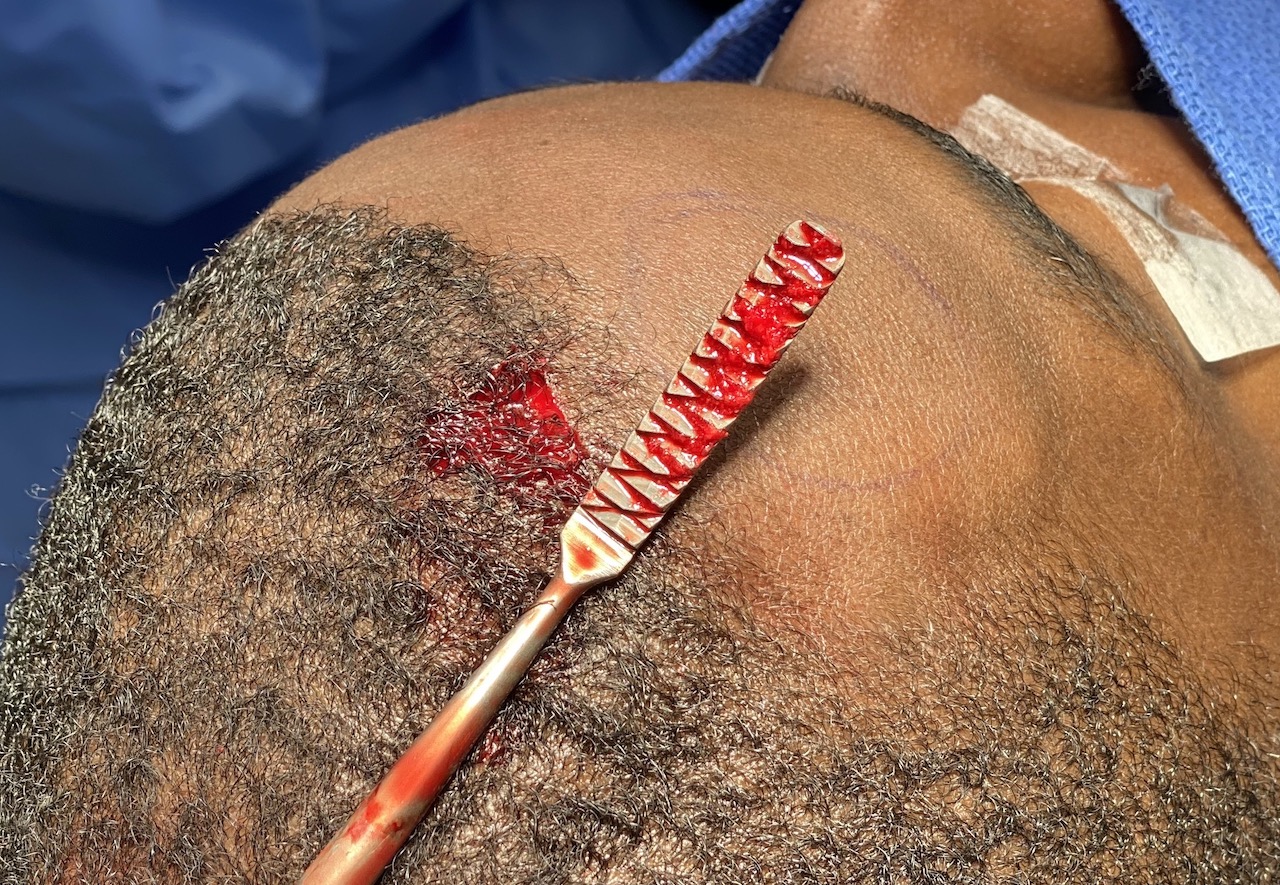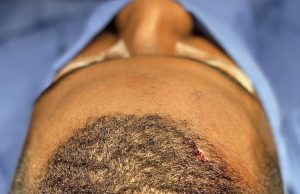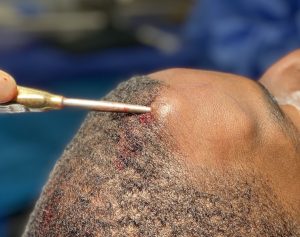Bumps and contour irregularities are not uncommon across the large convex surfaces of the skull. Where they are the most aesthetically bothersome is on the forehead , whether it is on a man or woman, due to its exposure on the face. Some forehead bumps are distinct osteomas with a raised distinct border and a very prominent appearance. (narrow base to height ratio) Other forehead bumps, however, are broader-based and less distinct but still can be seen particularly in various angles and lighting. (wide base to height ratio, e.g., forehead horns)
In the surgical removal of these various types of forehead bumps the traditional technique is either reduction by osteotome (chisel) or high speed burring. Osteotomes work successfully for osteomas because of their narrow base while high speed burring is needed for low level wider based forehead bumps.
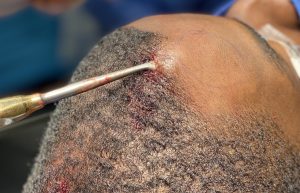
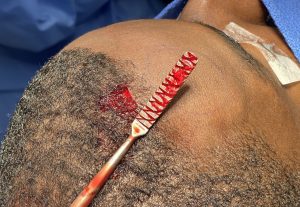
When the term bone shaving is used it is really referring to high speed burring reduction which requires enough of an incision to be made to introduce the equipment needed to do so. But with the use of a rasping instrument it is more appropriate called filing, just like when one’s nails are smoothed are clipping. Its benefit in the forehead is the very small incision used to do it and there is no risk of over reduction or irregularities created by more aggressive and rapid methods of forehead bone removal. (burring) The one caveat with its use is that the bump needs to be low level (3mms or less in height) and not have too broad of a base diameter. (less than 3 cms) Forehead bumps larger than these dimensions is better done by a burring technique.
Dr. Barry Eppley
Indianapolis, Indiana

